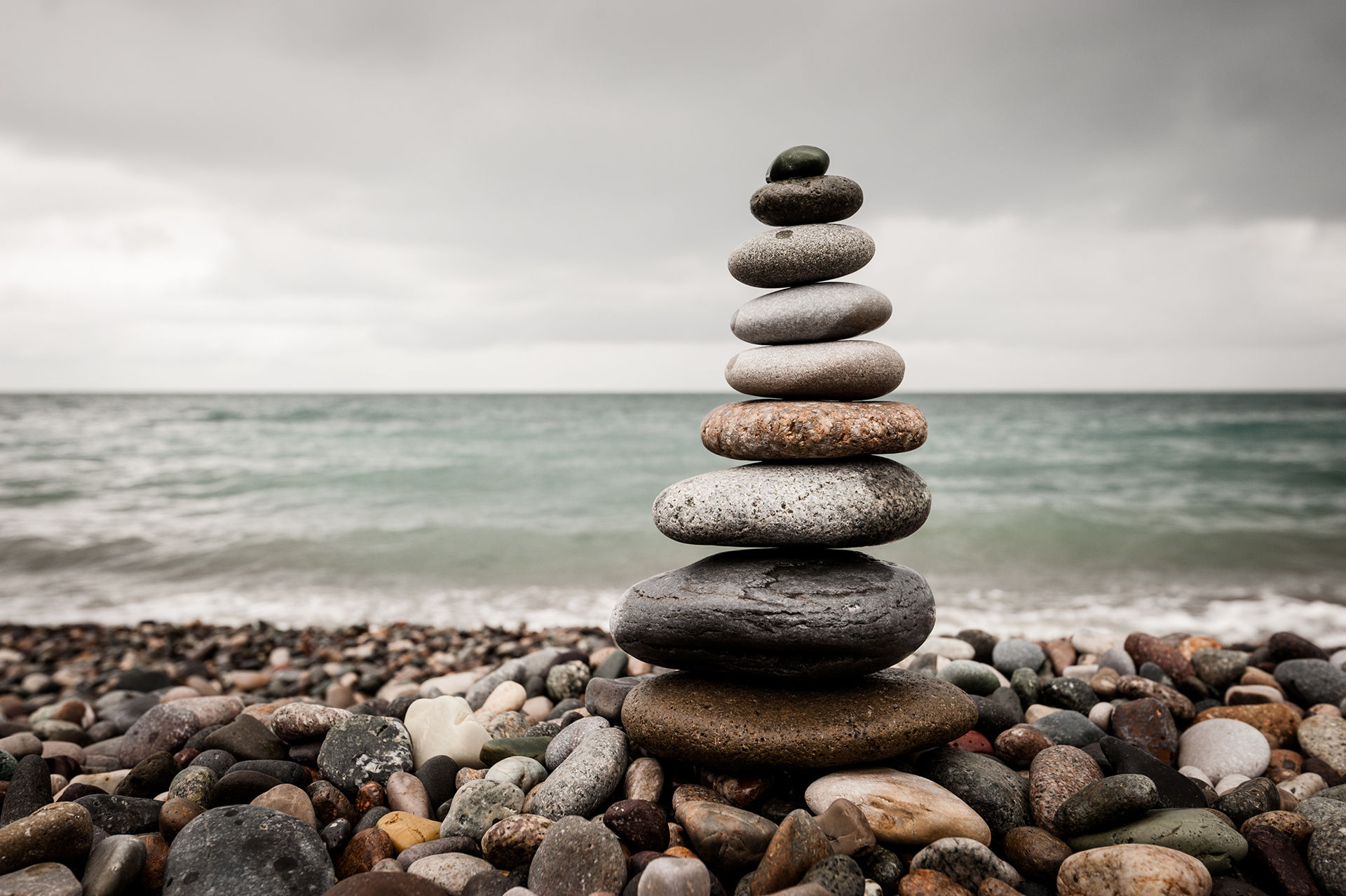Inner & Outer Journeying

In my earlier post on Spiritual Landscapes I describe the contemplative places where our inner and outer spiritual journeying can come together, and in my post Travelling... about the living paradox of how there both is and isn't a journey to God. It is key to hold both understandings in mind as we reflect on our spiritual life and path. If we go to the extreme of one side, we end up seeing ourselves as an improvement project and striving for our own wholeness, not living in the loving acceptance and salvific freedom God both brings and is. On the other extreme, we can fail to engage with the inner path of our transformation, resting in a static place of mere 'belief' that does not engage our lives and selves holistically in any embodied sense.
Sometimes, our journey can also become imbalanced when it is all about the 'outer' or the 'inner', leaving the other behind. My sense in today's world is that the imbalance in the western Christian tradition can be that we engage with the outer - all the 'good' works we want to be doing and all the ways of outer conformity to religious practices and norms of behaviour - but lack full engagement with the inner world of ourselves. The resurgence in recent times of interest in the contemplative path I think arises, in part, from a desire to counter-balance this and find past partially forgotten ways of spiritual interior navigation. It is a language in which we can be given little church guidance in contemporary times. Indeed, I remember, as someone steeped in socially active Christianity in my early years, how strange, if not decidedly odd, I found first encountering Teresa of Avila's Interior Castle of seven mansions. I hadn't yet gained the interior language to understand; it's not something our modern world necessarily skills us for.
In my work in spiritual direction, I can sometimes sense the conflict within a person about their inner journey: is this navel gazing... self-indulgence... self-improvement rather than Spirit-led growth? How does it relate to Christ's call to the Kingdom? Well, of course, Christ offers us the paradox we need to live in, that the Kingdom is both within us and without in the world. Focusing on the exterior can become a way of dissociating with the interior, and visa versa. It can be easier for some in today's world to busy themselves with the outer world of actions than face themselves interiorly, which can be a fearful thing at times. My article on Spiritual-Bypassing looks at how we can use busyness with worthy 'good' outer activity to avoid the reality of inner pain and difficulty, rather than face and offer it to God as part of our true and deep transformation to be Christ-like. If we don't engage in our inner journey we can fail to recognise our capacity for self-deception and lack growth in inner wisdom to guide both the choice and direction of our outer work.
Many on the spiritual path before us have offered insight on the importance of our inner journey.
‘The only journey is the journey within.’ Rainer Maria Rilke ‘And you? When will you begin that long journey into yourself?’ Rumi
And in my blog Knowing God: Wholeness & Self-Knowledge you can also encounter the words of John Calvin and Teresa of Avila on the vital importance of self-insight and knowledge.
Thomas Merton adds:
'There is only one problem on which my existence, my peace, my happiness depend; to discover myself in discovering God. If I find God I will find myself and if I find my true self I will find God.'
Of course, ultimately, the inner and outer are not separate. As we engage with, and give ourselves to our inner journey and the transformation it brings, this profoundly affects our outer path and actions in the world. So, for example, as we grow in compassion, truly touching into the fathomless well of love of God deep within, so we engage with our self, others and the world more compassionately. It is a process of on-going metanoia. The inner and outer are interdependent and not mutually exclusive. The path of the labyrinth where we move in to our centre and then out to the world, is a good on-going symbol of how the two weave together in our journey.
What can we gain by sailing to the moon if we are not able to cross the abyss that separates us from ourselves? This is the most important of all voyages of discovery, and without it, all the rest are not only useless, but disastrous.’
Thomas Merton
The picture above is a trinity of figures, and I like to see our journey as having 3 interweaving components that walk and work together. In some sense they can be seen as layered in depth. On the surface is knowledge of the doctrines, beliefs and creeds we have about our religious path. Underneath that are the practices we then follow and give ourselves to: in the Christian tradition - prayer, meditation, the Eucharist, alms-giving, bible reading and so on. And deeper still, brought on by our embodied engagement with our spiritual practices and their facilitation of our surrender to God, is our resultant inner process of transformation that gives fruit to our outer conformity to Christ.
Have you seen The Butterfly Circus? It's a wonderful 20 mins fictional film about a travelling circus troupe in the American Great Depression. Starring the amazing Nick Vujicic, and exploring his character's transformational inner and outer journey, it has won over 35 film festival awards. Do take a look...





































